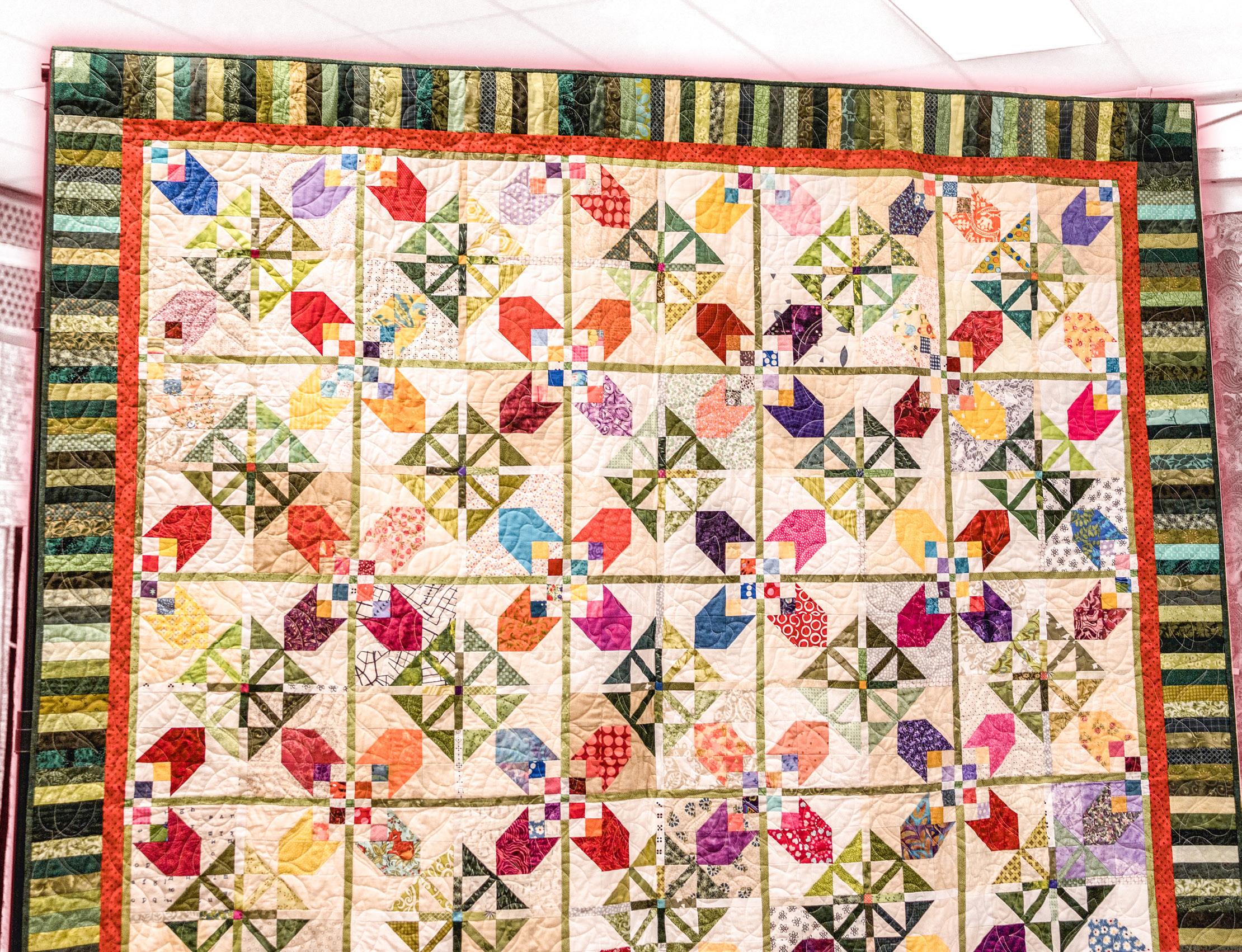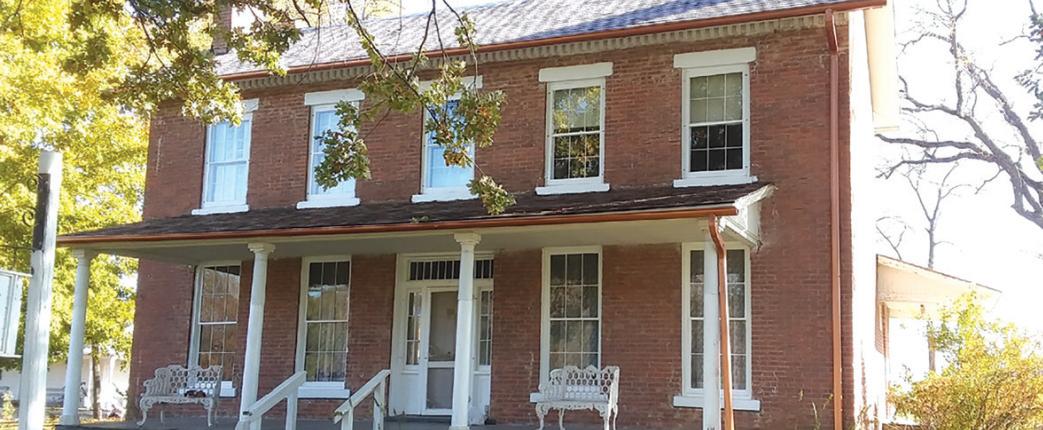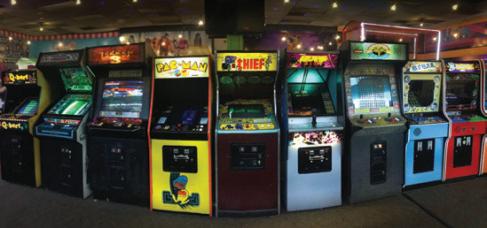
4 minute read
PATCHWORK PELLA KEEPING A TIME-HONORED TRADITION ALIVE
STORY BY: CHANNING RUCKS, STAFF WRITER
Heritage. Craftsmanship. Thriftiness. Pella is a town rich in all these qualities and more. The Pella Area Quilters Guild is an organization working hard to keep alive a longstanding tradition that embodies all three — the art of quiltmaking.
Advertisement
Founded in 1985 by three women with a passion for quiltmaking, the guild now has a membership of more than 50 people and supports its member quilters by providing education, accountability and fellowship throughout the quilt making process, working hard to keep the cherished tradition alive for generations to come. The guild’s members say that the intersection of creativity and practicality is what makes the traditional skill so appealing.
“The best quilters tend to be very creative types,” says Carol Jankowski, the guild’s current vice president. “They’re people that like to learn new things. They like friendships, so you can kind of bring those things together.”
Jankowski’s grandmother was a garment maker, so sewing has always been an important part of her life.
“I’ve been around sewing all my life … I’ve always liked textiles. I just was interested in sewing, and that became a creative outlet for me,” she says. “People would describe quilting a little bit like a puzzle, because you’re putting all these pieces together, and each one is different.”
To Jankowski, that puzzle-like quality that makes each quilt one of a kind is part of what makes quilting such a distinct branch of sewing.
“Each quilt has something different and unique. They can be different shapes, different sizes, different techniques. And of course, then there’s the colors … with quilting, you’re bringing several colors together, scales and the size of things. So I would say that’s why it’s probably a little bit different [from other types of sewing,]” she says.
Kelly Van Vliet, one of the guild’s former presidents and owner of The Quilted Windmill, Pella’s very own quilting store, wholeheartedly agrees.
“There is some creativity with color and so forth in fashion sewing, but I think that’s upped a complete notch with quilting,” Van Vliet says. “It meets a creative and constructive need for a lot of people.”
Van Vliet, who first began her quilting career 25 years ago, says that quilting shares many skills with other crafts, such as woodworking.
“Over my tenure of working with quilters, I find a commonality between woodworkers and quilters, engineers and quilters. Those personality types often really thrive on quilting. A lot of the same skill sets,” she says. “But then they’re not all that way either. There’s as many personalities of quilters as the general population.”
Both Jankowski and Van Vliet say the history of quiltmaking is part of what makes the tradition so fascinating.
“Quilting is a long, long tradition,” Van Vliet says. “I think it’s gone through phases. Possibly 100 years ago or better it was more of a functionality thing. They used their old clothing. They used feed sacks. They used whatever resources were available to them to construct quilts for a functional purpose. I would say today it’s more of a creative outlet; more of a passtime, a hobby rather than a functionality, just because of our economy differences and so forth.”
That early emphasis on practicality hasn’t been entirely forgotten, however. The intersection of artistic inspiration and practicality is part of what makes the skill so special.
“I went to a presentation in Illinois on Amish quilts,” Jankowski says. “Even if you look at that, they were using all their scraps from their clothing that was primarily dark solids, but they did some really artistic things, because that was their creative outlet. It was still very functional, but that was the one little part of it in their chores that can become a little bit of art for them.”
Today, the guild offers a variety of educational events for its members, covering a range of topics from mastering new techniques, such as “paper piecing,” to learning how to approach quilting as an expression of art.
The guild also presents an annual quilt show in conjunction with Pella’s Tulip Time Festival. The show boasts approximately 130 unique quilts that guild members have worked hard on throughout the year.
“I do love the quilt show at Tulip Time because people really do bring out their things. It’s really great to see everybody work, and to walk around and read the stories of what inspired them to do that piece,” Jankowski says.

Though quilting can sometimes be seen as an intimidatingly complicated branch of the textile arts, Jankowski encourages those interested to give both the craft and the guild a try.

“There’s a lot to learn,” Jankowski says. “You need to learn your machine … You need to learn pattern selection, how do you pick a pattern that is your level so you’re not getting into something that’s so hard that you can’t be successful, and then there’s color selection.”
Jankowski says that the Pella Area Quilters Guild can help with all that and more. It also provides inspiration from seeing what fellow quilters are working on.
“Everybody has different tastes and what they like to do. When you come to guild, you have all these people in the room that have all these different tastes, and so you can see other things and you can see what they’re working on, because we do have ‘Show and Tell’ during our guild meetings, so people can bring what they’re working on,” she says. “You can hear about what they learned, or why they did it, or if they liked it.”
That shared creative experience is part of what keeps historical skills like quilting alive — not just for today, but for many, many years to come.
















